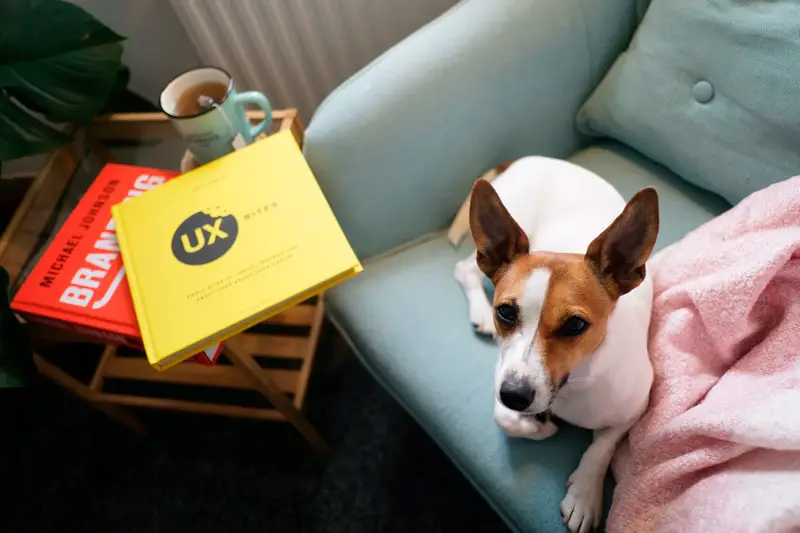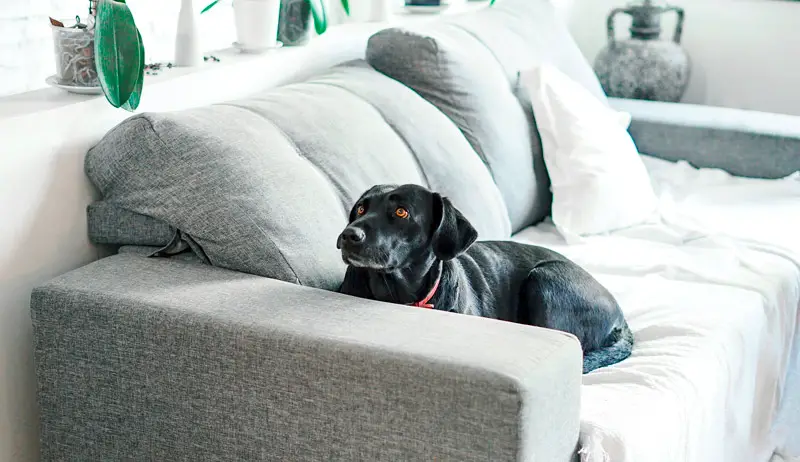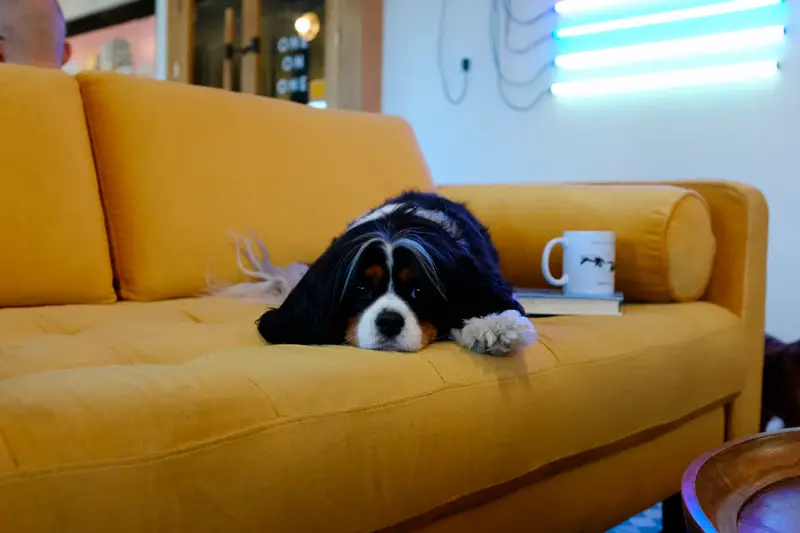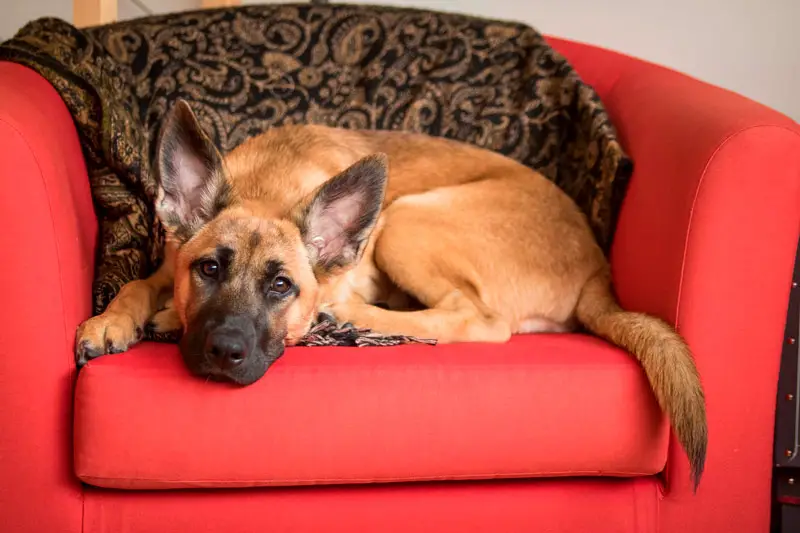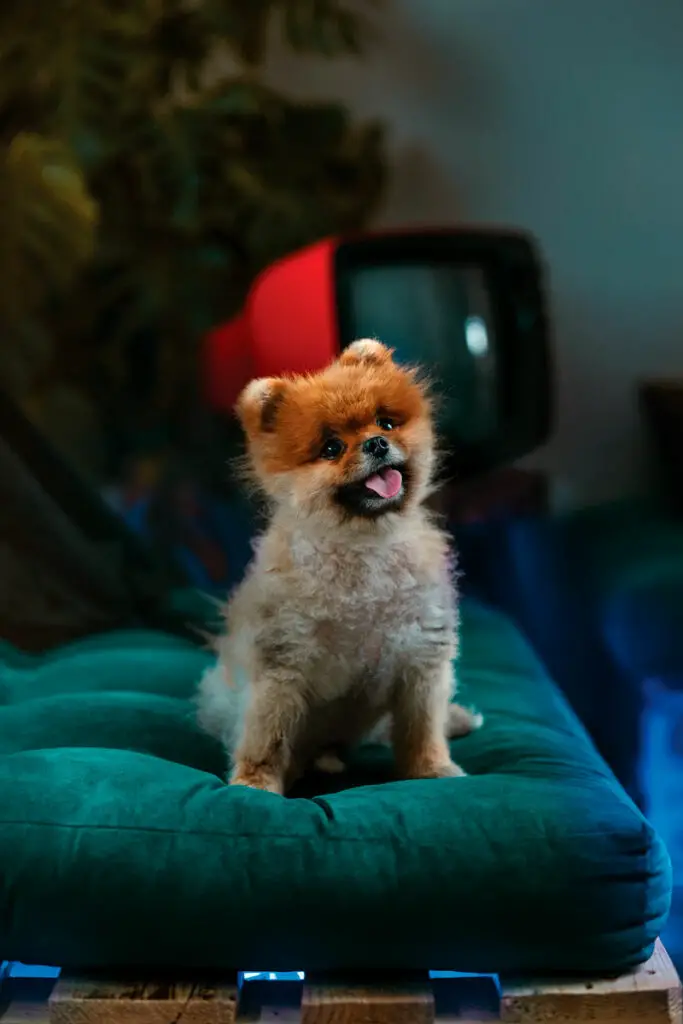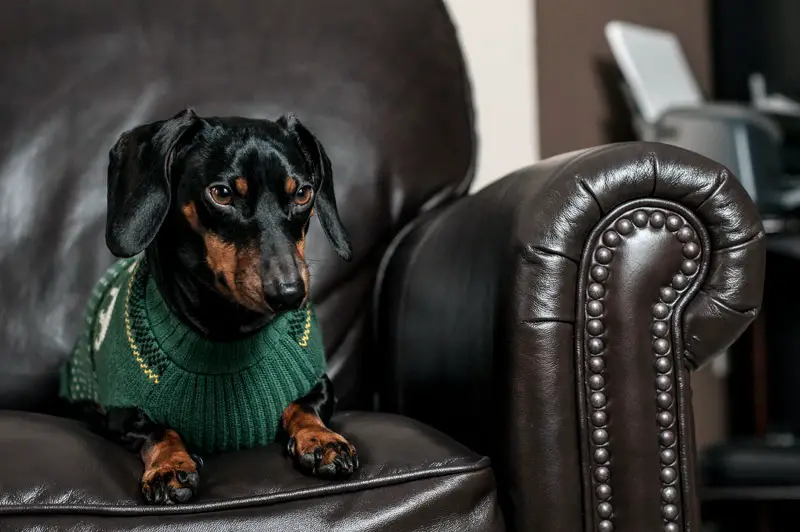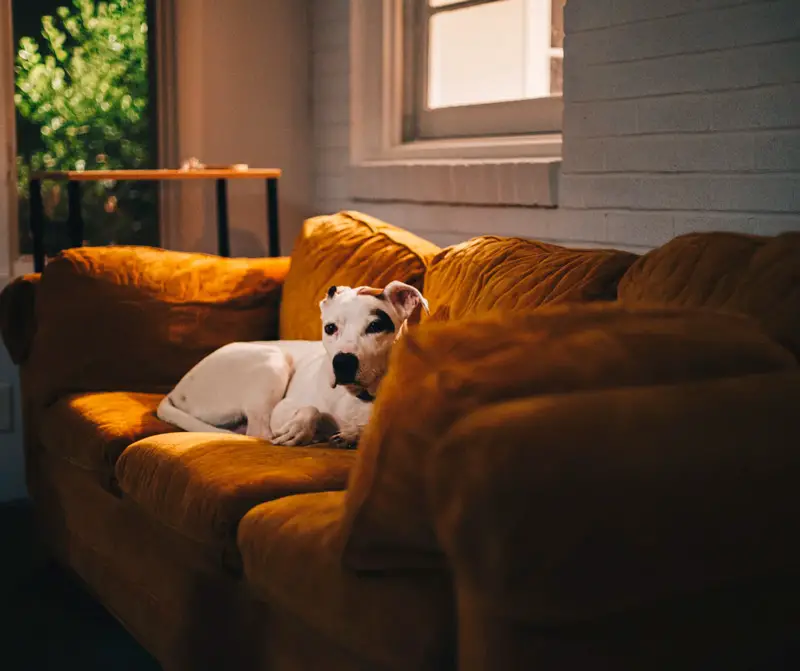Dogs love comfort as much as we do, and that’s most probably why you have trouble keeping your dog off the couch or the sofa. Your furry friends aren’t difficult; they just want to be comfortable. As a professional dog trainer, one of the most popular questions I get asked is “how to keep my dog off the couch?”. Some people manage to keep their pet off furniture for a while, or when they are around, but soon the progress is lost, and the pet reigns the space.
If you’ve faced this problem for a while, you must have already found ( and tried ) tricks like placing tin foil where you don’t want the dog to sit. It might have even worked, but it’s not the permanent solution, and we know it.
So, what can you do about it? A couple of tested and proven methods, actually. After lots and lots of trials and errors with multiple dogs, I can tell you with confidence that the following are some of the most effective dog training tips to keep that couch of yours pet-free.



